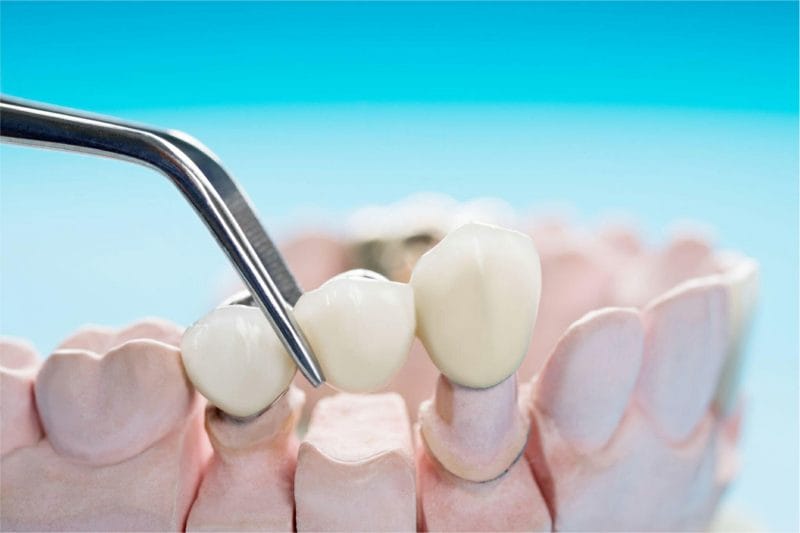While the general lifespan of a dental bridge ranges from 5 to 15 years, such a simple answer scarcely scratches the surface of this complex topic.
This guide provides an in-depth analysis, shedding light on variables that can either shorten or extend the life of your dental bridge. From understanding the impact of material quality to meticulous maintenance protocols, we’ll offer insights that could make a difference in the longevity of your dental bridge.
Whether you’re a prospective patient or keen on expanding your dental knowledge, this comprehensive post promises to be a valuable resource.
Understanding How Long a Dental Bridge Typically Lasts
Navigating the terrain of dental restorations can be complex, especially when understanding the longevity of treatment options like dental bridges in Tucson.
This section aims to unravel the complexities, giving you a nuanced understanding of what to expect.

Comparing Different Types of Dental Bridges
There are several types of dental bridges, and each comes with its own set of pros and cons in terms of longevity:
Traditional Bridges
Traditional bridges, usually made of porcelain fused with metal or ceramics, are the most commonly used type. These bridges can last 10-15 years if properly cared for. They are known for their robustness and are generally well-suited for replacing molars.
Cantilever Bridges
Cantilever bridges are used less frequently, mainly because they are only suitable for specific situations, such as when adjacent teeth are on only one side of the missing tooth. These bridges are generally less durable than traditional bridges, primarily due to the uneven distribution of biting forces.
Maryland Bridges
Maryland bridges employ a metal or porcelain framework bonded to the backs of adjacent teeth. They generally have a shorter lifespan, ranging from 5-8 years, due to their less secure bonding method.
Types of Materials Used in Dental Bridges
The choice of material for a dental bridge significantly influences its durability. The most commonly used materials include:
Porcelain Fused to Metal (PFM)
PFM bridges offer a harmonious balance between aesthetics and structural integrity. The porcelain exterior is color-matched to your natural teeth, offering a visually pleasing appearance, while the metal core provides strength and resilience.
- Longevity: PFM bridges can last between 10 and 15 years with proper care and maintenance.
- Care Tips: PFM bridges are durable, but the porcelain layer can chip or crack. Therefore, avoid biting on complex objects, and consider wearing a mouthguard during sports activities.
Zirconia
Zirconia bridges are often chosen for their incredible strength and ability to withstand wear and tear. In addition, they offer good aesthetic results as zirconia can be color-matched to your existing teeth.
- Longevity: Zirconia bridges have been known to last over 15 years with the proper care regimen.
- Care Tips: Despite its durability, a zirconia bridge requires routine cleaning to maintain its appearance and longevity. Use a soft-bristle toothbrush and non-abrasive toothpaste to keep it looking its best.
Metal Alloys
Often made from a blend of metals like chromium, nickel, or gold, metal bridges are a practical choice for areas of the mouth that experience heavy biting forces, such as the molars.
- Longevity: Due to their robust nature, metal alloy bridges can last well over 15 years, often reaching two decades with adequate care.
- Care Tips: Though incredibly durable, metal alloy bridges can cause an allergic reaction in some individuals. Consult with your dentist about known metal allergies before opting for this material.
Composite Resins
This is a less common choice due to its shorter lifespan, but offers the advantage of lower cost. Composite resins are generally used for temporary bridges.
- Longevity: Composite resin bridges are generally considered a short-term solution, lasting a few years.
- Care Tips: Extra care must be taken to clean and maintain these bridges, as they are more susceptible to staining and wear.
Factors Affecting the Lifespan of a Dental Bridge
Your actions before and after the dental bridge procedure also play a vital role in determining its lifespan.
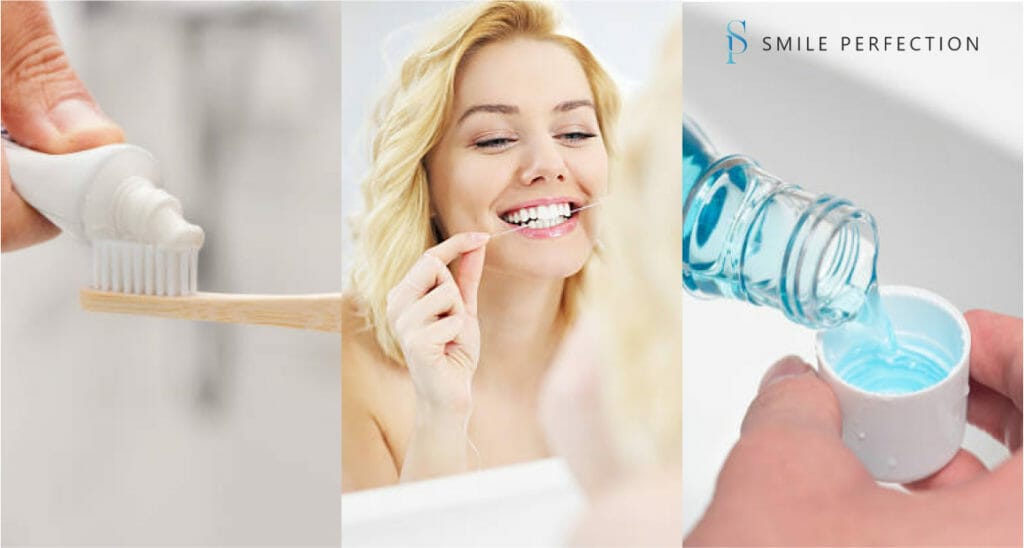
1. Oral Hygiene Practices
Good oral hygiene is the cornerstone of dental health, and its importance cannot be overstated when it comes to maintaining a dental bridge.
Poor hygiene can lead to complications such as plaque buildup leading to bad breath, gum disease, and tooth decay, all of which can severely impact the longevity of your dental bridge.
Here’s a breakdown of essential oral hygiene practices:
Daily Brushing
This is the most basic yet crucial aspect. Opt for fluoride toothpaste and a toothbrush with soft bristles. Dentists often recommend brushing at least twice a day, but with a dental bridge, a midday brush can also be beneficial.
Use an interdental brush to clean the sides of the bridge and the gap underneath, where plaque will likely accumulate.
Flossing
Regular flossing removes food particles stuck between teeth and under the dental bridge. Floss threaders can facilitate this process, enabling you to clean around and underneath the bridge effectively.
Opt for unwaxed floss for better cleaning, especially around the dental bridge area.
Antibacterial Mouthwash
Incorporating an antibacterial mouthwash can provide additional protection against bacterial buildup, particularly in the hard-to-reach areas around the dental bridge.
Opt for an alcohol-free mouthwash to avoid dry mouth, which can foster bacterial growth.
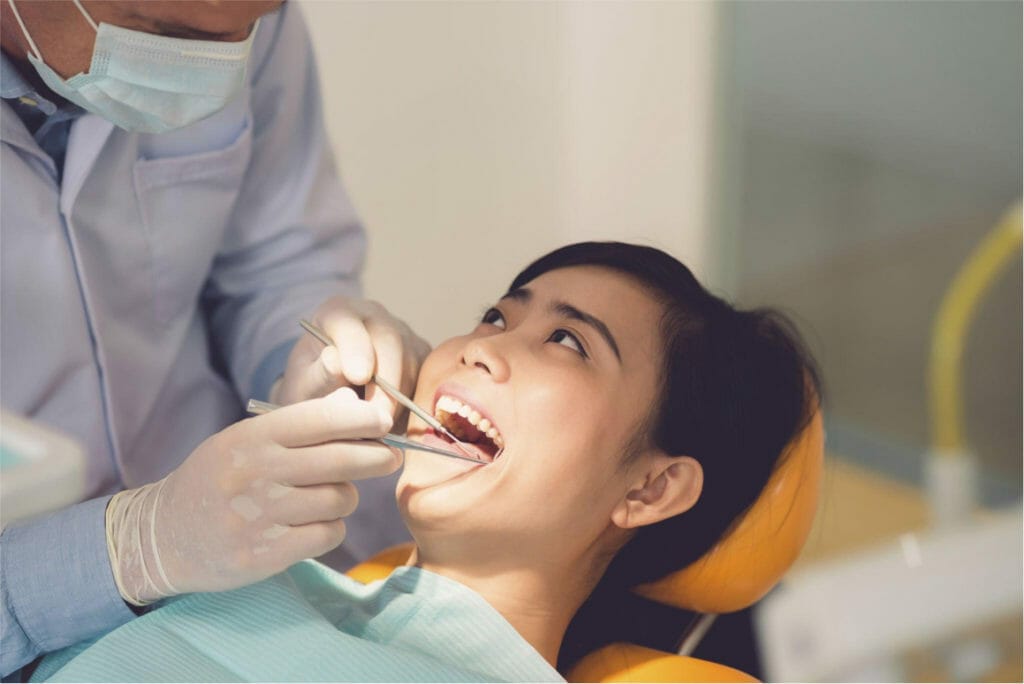
2. Frequency of Dental Check-ups
Regular dental visits offer more than just a cleaning; they provide an opportunity for a comprehensive examination of your oral health, including the condition of your dental bridge. While scheduling a trip to the dentist may seem inconvenient, some clinics offer the convenience of at-home dental visits to make the experience more manageable.
The frequency of these professional dental check-ups can have a significant impact on the longevity of your dental bridge for the following reasons:
- Early Detection of Problems: Routine examinations allow your dentist to identify potential issues such as minor fractures, loosening, or decay around the anchoring teeth, enabling early intervention and preventing more severe problems.
- Professional Cleaning: Despite your best efforts at home, certain areas may need help to clean thoroughly. Professional cleaning helps to remove plaque and tartar that you may have missed, prolonging the bridge’s lifespan.
- Updates on Oral Hygiene Practices: Regular visits to the dentist also offer an opportunity to discuss your oral hygiene routine and make adjustments based on your dentist’s recommendations. This can be particularly beneficial if you have a dental bridge, as specific cleaning techniques can help maintain its condition.
- Monitoring Structural Integrity: Over time, even the highest quality dental bridges can experience wear and tear. Regular dental visits allow for ongoing assessments of the bridge’s structural integrity, ensuring minor damages can be repaired before they become significant issues.
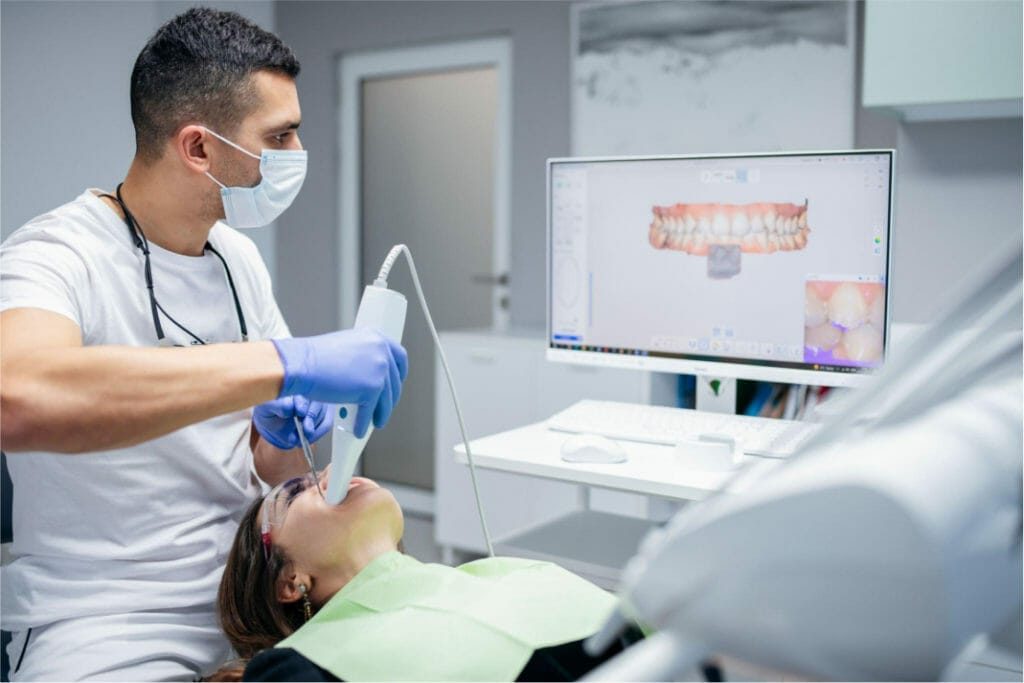
3. Advances in Dental Technology Affecting Longevity
By leveraging these technological advancements, dental professionals can provide solutions that are not only aesthetically pleasing but also significantly more durable, ensuring that your investment in a dental bridge is long-lasting.
Computer-Aided Design (CAD) and Computer-Aided Manufacturing (CAM)
These technologies have revolutionized the way dental bridges are designed and produced. CAD allows for an exact design tailored to the individual patient’s mouth. CAM ensures that these designs are executed with high accuracy, resulting in a bridge that fits impeccably, reducing the risk of complications that could shorten its lifespan.
Enhanced Bonding Agents
Modern adhesive technology has evolved significantly, enabling a stronger, more durable bond between the dental bridge and the anchoring teeth. This stronger bond is less susceptible to weakening, contributing to the bridge’s longevity.
Advanced Cementing Techniques
The cement used to fix the bridge into place has also seen significant improvements. Modern adhesives offer stronger adhesion and are more resistant to decay, a common issue that can compromise the longevity of a dental bridge.
Digital Imaging
High-resolution imaging techniques like digital X-rays and 3D scans allow for precise placement, reducing the margin for error during the bridge installation. This leads to better-fitting and longer-lasting dental bridges.
Material Innovation
Ongoing research in dental materials produces stronger, more durable options that can withstand the natural forces exerted during chewing and biting, extending dental bridges’ lifespan.
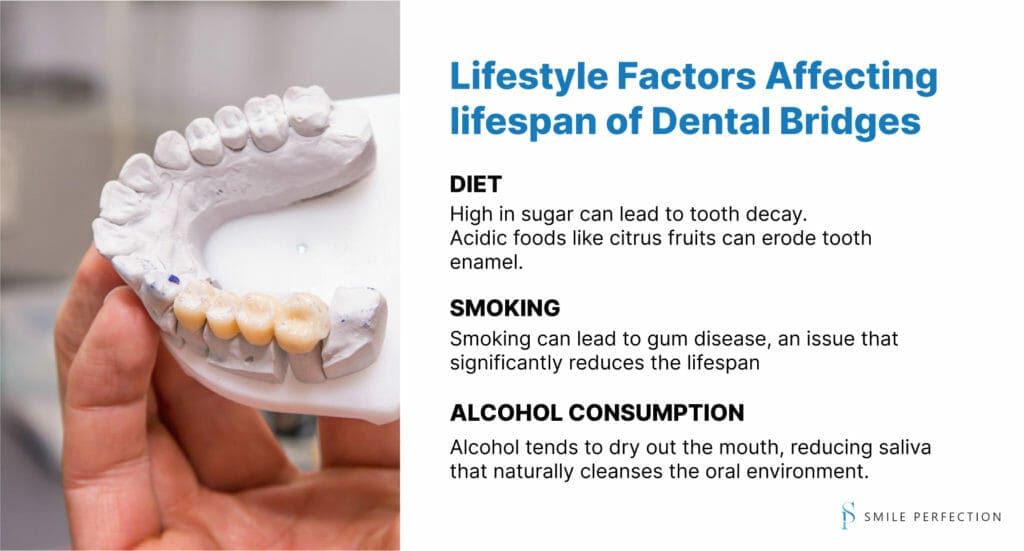
4. Lifestyle Factors
Lifestyle choices significantly affect the longevity of a dental bridge. Here’s a closer examination of key contributing factors:
Diet
Your diet is indispensable in the health of your teeth and, by extension, your dental bridge. Consuming foods high in sugar can lead to tooth decay, affecting your natural teeth and undermining the dental bridge’s structural integrity.
Acidic foods like citrus fruits can erode tooth enamel, creating a domino effect that eventually compromises the bridge’s foundation. A balanced diet rich in vitamins and minerals can contribute to stronger, healthier teeth and prolong the lifespan of your dental bridge.
Recommendation: Opt for a diet rich in fiber protein, and low in sugars. To boost oral health, incorporate foods like leafy greens, dairy products, and lean meats.
Smoking
Tobacco use is a well-known adversary of oral health, and its detrimental effects also extend to dental bridges. Smoking can lead to gum disease, an issue that significantly reduces the lifespan of a dental bridge.
Gum disease weakens the natural teeth that anchor the bridge, making them more susceptible to decay and failure. Furthermore, tobacco can stain natural teeth and dental bridges, affecting the aesthetics and structural reliability.
Recommendation: Quitting smoking is the most effective way to prolong the life of your dental bridge. For those who find it difficult to quit, reducing frequency can be a step in the right direction, along with regular dental check-ups to mitigate damage.
Alcohol Consumption
Although not as commonly discussed, excessive alcohol consumption can also affect the longevity of your dental bridge.
Alcohol tends to dry out the mouth, reducing saliva that naturally cleanses the oral environment. This creates a breeding ground for bacteria that can lead to decay and weaken the bridge’s anchoring teeth.
Recommendation: Limit alcohol consumption and stay hydrated to maintain a moist oral environment, promoting better oral hygiene and dental bridge longevity.
Make an Informed Choice for Your Smile Today
Knowing how long a dental bridge lasts is pivotal for making an informed decision about oral health.
By keeping a keen eye on your oral hygiene practices, regular dental check-ups, and lifestyle choices, you can extend the life of your dental bridge and make a lasting investment in your smile.
Ready to take the next step in your dental health journey? Contact Smile Perfection today for a personalized consultation, and let’s work together to ensure your dental bridge stands the test of time.

